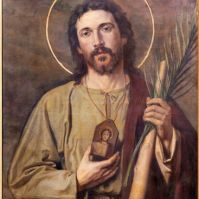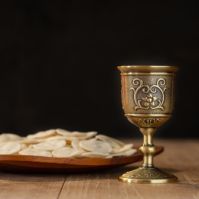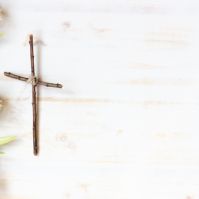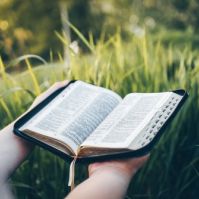 Nestled within the pristine landscapes of northern Molokai, Hawaii, the isolated peninsula of Kalaupapa beckons to those seeking a connection to history, spirituality, and the enduring legacy of Catholic saints. In the 1800s, this remote area became a refuge for people suffering from leprosy. Kalaupapa's unique story has transformed it into a pilgrimage site, drawing devout Catholics worldwide.
Nestled within the pristine landscapes of northern Molokai, Hawaii, the isolated peninsula of Kalaupapa beckons to those seeking a connection to history, spirituality, and the enduring legacy of Catholic saints. In the 1800s, this remote area became a refuge for people suffering from leprosy. Kalaupapa's unique story has transformed it into a pilgrimage site, drawing devout Catholics worldwide.
What Is the History of Kalaupapa?
The story of Kalaupapa begins with a deadly leprosy outbreak in the 1800s in Hawaii. The government established a very basic settlement on the peninsula where they sent people who had the disease, isolating them from the rest of society. Missionaries moved to Kalaupapa to tend to the physical and spiritual needs of the residents who had to live their lives cut off from family and their communities.
Who Are the Catholic Saints Associated With the Island?
Two prominent Catholic saints are closely associated with Kalaupapa, Father Damien of Molokai and Mother Marianne. Father Damien, born Joseph De Veuster, arrived at Kalaupapa in the late 19th century and is known for improving the living conditions in the settlement. He dedicated his life to caring for individuals suffering from leprosy, eating with them, treating their wounds, and ensuring they felt loved and cared for.
Mother Marianne, also known as the "mother of outcasts," was born in Germany and served at Kalaupapa. Her dedication to caring for the people of the peninsula continued even after Damien's death. Marianne Cope, as she is known in the Catholic Church, died at Kalaupapa in 1918 of natural causes and was canonized in 2012. Both saints played pivotal roles in the lives of those at Kalaupapa, providing not only physical care but also spiritual comfort in the face of adversity.
Why Are Catholics Drawn to Kalaupapa?
The allure of Kalaupapa for devout Catholics is profound and rooted in the history and spirituality associated with the peninsula. Pilgrims feel a deep connection to the saints, particularly Father Damien, and long to walk in the footsteps of these revered figures.
The remote nature of the settlement at Kalaupapa adds to its sacred atmosphere. There are daunting logistical challenges as well as restrictions on tourism that make it challenging to execute a journey to the area. However, once people are on the island, away from the hustle and bustle of urban life, visitors can connect with their faith in a unique way and often revel in the profound spiritual experience of seeing landmarks such as Father Damien's grave.
What Does the Future of Kalaupapa Look Like?
Kalaupapa faces an uncertain future. The current caretakers wonder what will happen when no more former patients are living there. The walls of the sisters' house, Kalaupapa's largest dwelling, are filled with photos of those who worked on the settlement after Mother Marianne. Sister Barbara Jean Wajda and Sister Alicia Damien Lau, currently living on the peninsula, are committed to staying until the last patient leaves or dies.
The sisters are uncertain about how to preserve Kalaupapa since the state health department will likely leave when there are no more patients. There is a national park surrounding the area, and the Hawaiian government expects park employees to act as tour guides and storytellers to share the history of Kalaupapa with future visitors. However, leading Catholic bishops in Hawaii are hopeful that Kalaupapa will continue to attract pilgrims, which will help it maintain its sacred place in the Church.
Kalaupapa's history, associated saints, and spiritual allure continue to attract devout Catholic pilgrims seeking a connection to their faith and the profound stories embedded in the peninsula's rugged landscapes. As the future unfolds, there is a collective hope for the preservation of Kalaupapa's sacredness, ensuring that its unique history remains a source of inspiration for generations to come.



